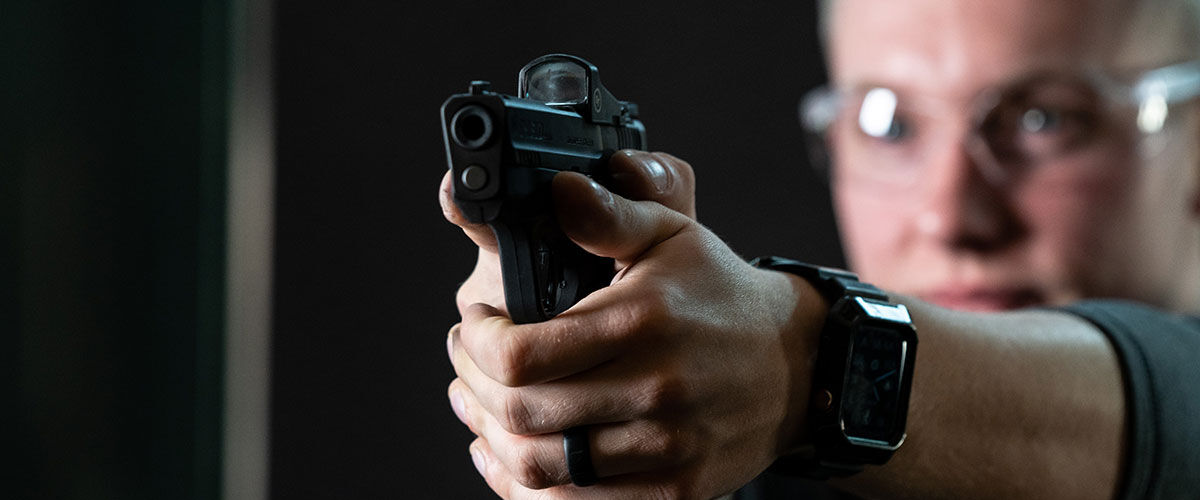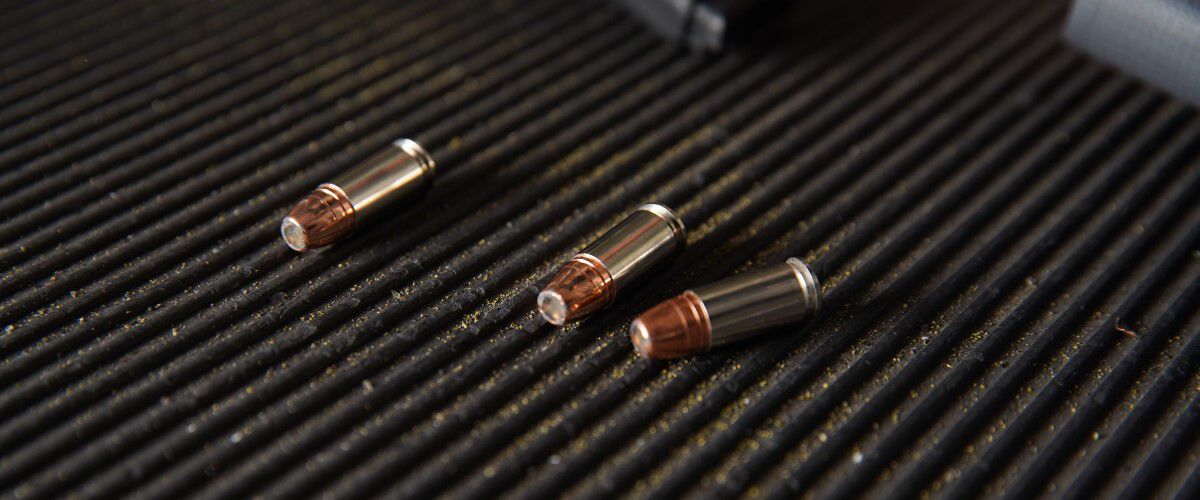
Compact handguns are quite literally made for concealed carry. Not only can a small, lightweight pistol like a Glock 43 or Smith & Wesson M&P Shield M2.0 be toted in most any carry position, but they also hide well in purses, fanny packs, and other carry-type bags. But to get the most from them you need to fill their mags with the best ammo for compact handguns. We reveal the top loads for these guns as well as other considerations when using them for protection.
Ammo For Short Barrels
Velocity is a critical driving force behind any round’s terminal performance. To neutralize a threat as quickly as possible, a bullet must penetrate to a critical depth and expand enough to cause trauma. Virtually all of the best self-defense handgun ammunition is designed to do this, however, much of it was only engineered to do so at the higher velocities generated by a full-size pistol’s longer barrel. Run that same ammo through a short barrel, and velocities drop significantly, leaving penetration and expansion in question.
Thankfully, savvy ammo manufacturers recognize this and build loads specially designed to function properly in compact platforms. Speer offers two of them Gold Dot Carry Gun and the longtime favorite, Gold Dot Short Barrel.
Gold Dot Carry Gun was specifically developed for law enforcement officers who carry a compact pistol. Its G2 bullet showcases a unique nose design that sports a shallow dish filled with a high-performance elastomer instead of a typical large hollow-point cavity. Larger hollow point cavities require more speed for the bullet to separate, and that's not the case with this design. When the bullet hits its target, the elastomer is forced into internal fissures that rapidly start the expansion process. Even when fired from short-barreled handguns, Gold Dot Carry Gun ammo promises uniform expansion and increased separation of petals.

Another great option is classic Gold Dot Short Barrel. Based on the original Gold Dot bullet design, this option has been tuned to provide effective penetration and expansion when fired through barrels as short as 1.9 inches. Plus. it produces less felt recoil, making your snappy compact pistol easier to shoot accurately.
Whatever compact handgun you choose to carry, if you feed it the right ammo, understand its strengths and weaknesses, and train appropriately, it will be there for you when it matters most.